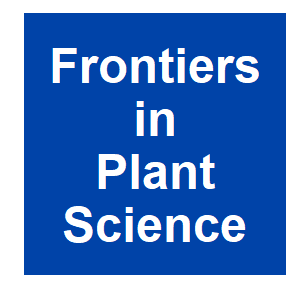Holocentric Chromosomes Probably Do Not Prevent Centromere Drive in Cyperaceae

|
M. Kratka, J. Smerda, K. Lojdova, P. Bures and F. Zedek,
Frontiers in Plant Science,
12:9.
2021.

Centromere drive model describes an evolutionary process initiated by centromeric repeats expansion, which leads to the recruitment of excess kinetochore proteins and consequent preferential segregation of an expanded centromere to the egg during female asymmetric meiosis. In response to these selfish centromeres, the histone protein CenH3, which recruits kinetochore components, adaptively evolves to restore chromosomal parity and counter the detrimental effects of centromere drive. Holocentric chromosomes, whose kinetochores are assembled along entire chromosomes, have been hypothesized to prevent expanded centromeres from acquiring a selective advantage and initiating centromere drive. In such a case, CenH3 would be subjected to less frequent or no adaptive evolution. Using codon substitution models, we analyzed 36 CenH3 sequences from 35 species of the holocentric family Cyperaceae. We found 10 positively selected codons in the CenH3 gene [six codons in the N-terminus and four in the histone fold domain (HFD)] and six branches of its phylogeny along which the positive selection occurred. One of the positively selected codons was found in the centromere targeting domain (CATD) that directly interacts with DNA and its mutations may be important in centromere drive suppression. The frequency of these positive selection events was comparable to the frequency of positive selection in monocentric clades with asymmetric female meiosis. Taken together, these results suggest that preventing centromere drive is not the primary adaptive role of holocentric chromosomes, and their ability to suppress it likely depends on their kinetochore structure in meiosis. More related to this: Rapid evolution of yeast centromeres in the absence of drive Major evolutionary transitions in centromere complexity
|



